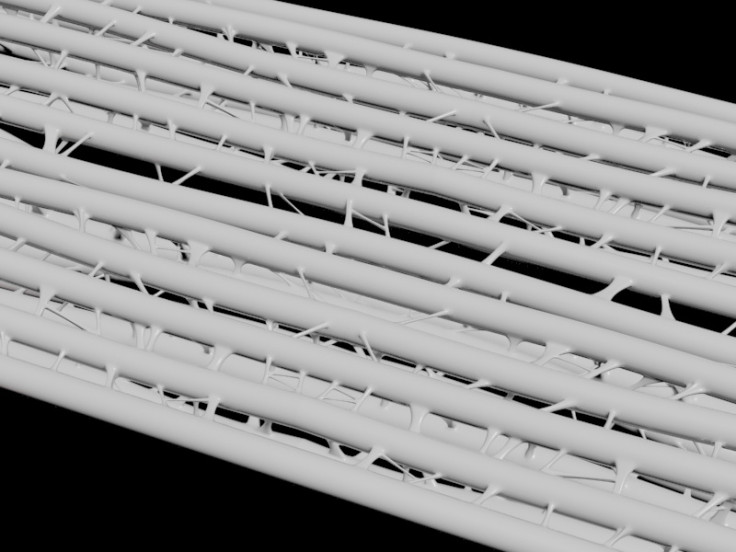Wearable air conditioning? Plastic clothes that keep body cool created by scientists
The textile can make you feel nearly 4 degrees Fahrenheit cooler than if you were wearing cotton.

Engineers from Stanford University have developed a low-cost, plastic-based textile that, if woven into clothing, could cool the wearer's body far more efficiently than any current natural or synthetic fabrics. The researcher's, whose work is published in the journal Science, suggest that textiles like these could become the basis for clothes that keep people cool in hot climates, without the need for air conditioning
"If you can cool the person rather than the building where they work or live, that will save energy," said Yi Cui, an associate professor of materials science and engineering at Stanford.
The new material functions by allowing the body to release heat in two different ways, resulting in the wearer feeling nearly 4 degrees Fahrenheit cooler than if they were wearing cotton clothing, the scientists say. Firstly, it permits the evaporation of perspiration, which many fabrics already do, but more importantly – using an entirely new cooling mechanism created by the team – it allows body heat in the form of infrared radiation to escape as well.
All objects, including our bodies, emit heat in the form of infrared radiation, an invisible and benign wavelength of light. Blankets warm us by trapping infrared radiation close to the body, while the same emissions make us visible in the dark through night-vision goggles.
"Forty to 60% of our body heat is dissipated as infrared radiation when we are sitting in an office," said Shanhui Fan, a professor of electrical engineering and a specialist in photonics, which is the study of visible and invisible light. "But until now there has been little or no research on designing the thermal radiation characteristics of textiles."
To develop the new textile, the researchers took polyethylene – the clear plastic used to make kitchen wrap – and experimented with it using a blend of nanotechnology, photonics and chemistry, until it possessed the characteristics the team were looking for: a material that is opaque to visible light and also allows thermal radiation, air and water vapour to pass through.
Normal polyethylene already allows infrared radiation to pass through, however, it does not allow water to permeate. It is also being see-through, rendering it useless for clothing.
To address this, the team found a specific variant of polyethylene that is opaque to visible light but transparent to infrared radiation. They then modified the material by treating it with certain chemicals to enable water vapour to escape through tiny holes – or nanopores – in the plastic, allowing it to breathe like a natural fibre.
This resulted in a material that met the criteria of the researchers. To make it more fabric-like, they created a three-ply version, containing one sheet of cotton-mesh for strength and thickness.
Beyond making textiles, Fan thinks that the research into the new material could open up new avenues of inquiry into cooling and heating things passively without the use of outside energy, by modifying materials to trap or release infrared radiation.
"In hindsight, some of what we've done looks very simple, but it's because few have really been looking at engineering the radiation characteristics of textiles," he said.
© Copyright IBTimes 2024. All rights reserved.






